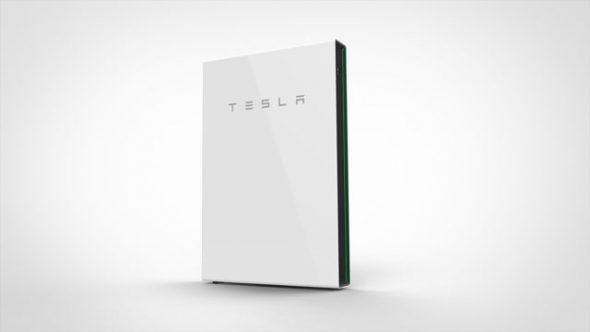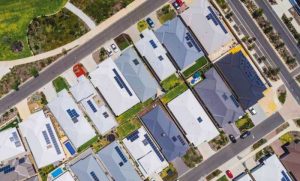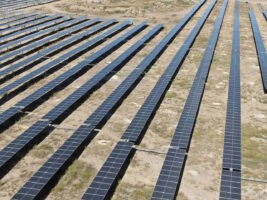The price of household battery storage is defying hopes and expectations of significant price falls, with two of the leading manufacturers – Tesla and Enphase – quietly lifting their prices in recent months.
The household battery storage market in Australia has been poised for take-off for a couple of years, but most consumers have been keeping their powder dry on the expectation that prices would continue the dramatic falls of the last few years.
Tesla set the scene with the release of their Powerwall 2 product in late 2016 which effectively halved the cost of battery storage, at least compared to the Powerwall 1, and forced most competitors to match those prices.
But nothing much has happened since. In fact, prices have now started to edge up.
Tesla quietly lifted the price of its Powerwall 2 by $US400 to $US5,900 in February this year, and the Australia price followed suit – to $A8,600. These prices do not include installation and other costs. Prices for Enphase batteries have also risen slightly.
The rises are being blamed variously on supply bottlenecks and the jump in price of certain commodities, particularly cobalt.
A Tesla spokesman in the US told Greentech Media said the company “evaluates its global pricing of energy products based on various factors and continues to make improvements that will simplify homeowner experience.”
Enphase told RenewEconomy it blamed supply “bottlenecks” for its minor price increases, but said it hopes to be able to reverse these price rises later this year.

LG Chem, which competes for dominant market share with Tesla and Enphase, says its prices have not risen, but they may do so later this year because of the increased cost of raw materials, such as cobalt.
German battery storage manufacturer sonnen says its prices have not risen, and it is not exposed to the cobalt market because it uses different chemistry.
The situation in the household battery market contrasts to that of the utility-scale battery storage market, where it is thought that prices continue to fall substantially, and will continue to do so.
According to Bloomberg New Energy Finance, battery storage prices have fallen 70 per cent over recent years, and it is expected to continue to fall in coming years. BNEF recently forecast a fall from $US631/kWh in 2017 to $US369/kWh in 2025.
Importantly, new markets will also emerge that will recognise the technology’s multiple value points.
Despite this, battery storage is becoming more attractive to Australian households, sick of the high cost of electricity from the grid, the rising share of unavoidable fixed network costs, and the political attempts to deliberately try and slow the transition to a cleaner and smarter grid.
The installation rate of rooftop solar has increased dramatically over the past 12 months, with installations in the first quarter of 2018 running 50 per cent ahead of last year in most states.
Recent statistics from SunWiz suggested that battery storage uptake in Australia had tripled in 2017 to 21,000, and would jump again in 2018, possibly to around 33,000 installations, as the economic continue to improve.
CME director Bruce Mountain recently released a report showing that the combination of a 5kW solar system and a Tesla Powerwall 2 beat grid prices in most states.
The rollout is likely to gain support from a shift to virtual power plants – some of them sponsored by retailers and software providers, and others by state governments, although the big ones in South Australia remain under a doubt due to the change in government there.
In any case, the Australian Energy Market Operator has signalled that its forecasts for the uptake of distributed generation – which includes rooftop solar, battery storage, demand management and smart software, will be increased.
It has already lifted its forecast uptake of electric vehicles by around half – to some 10 million EVs by 2037, representing average purchase of 500,000 a year from now until then.
It has agreed with other utilities and network operators who credit that by 2040, nearly half of all power supply will come from distributed generation rather than centralised generators, as has been the practice for the last century or so.
See also:
Home battery storage has trebled – but should you be installing it?











